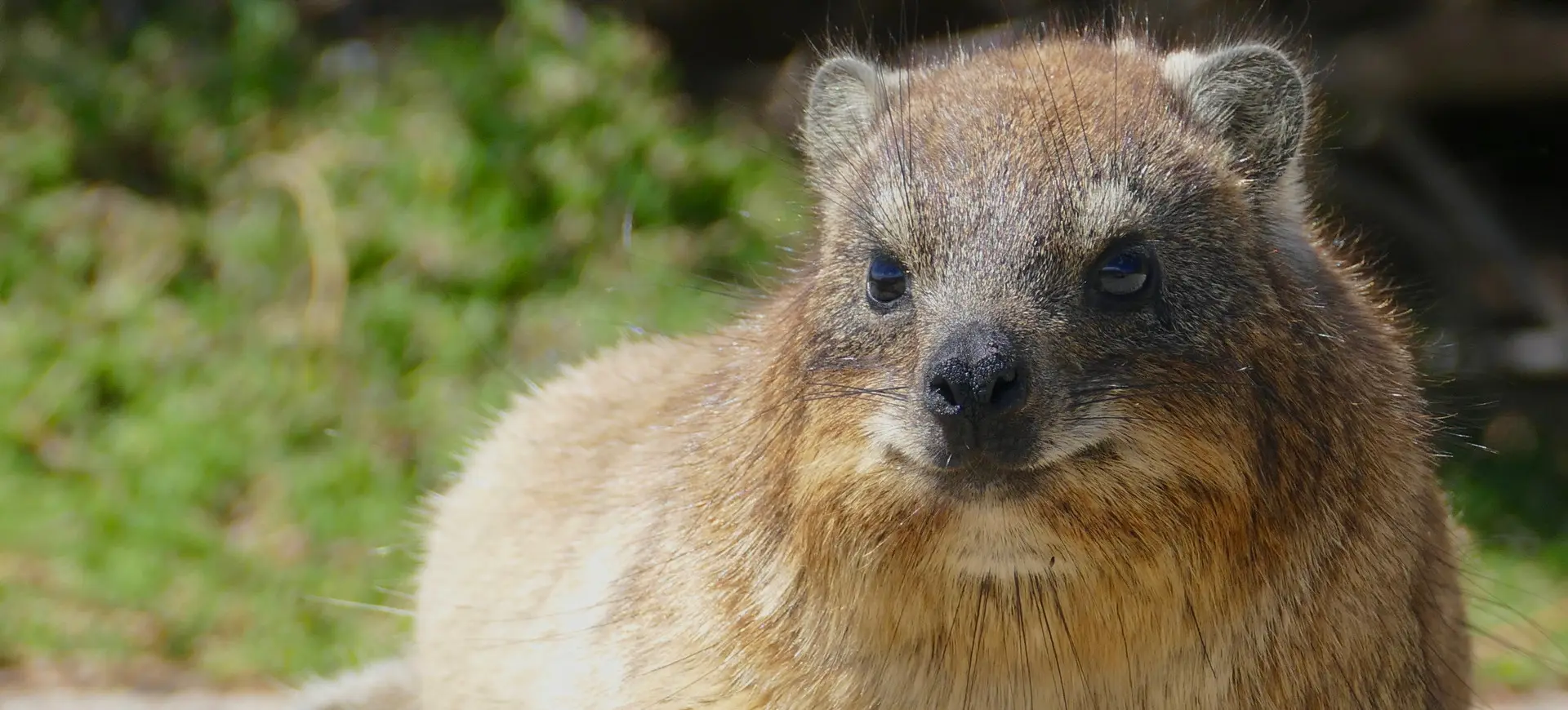– Overview of the Hyrax: Characteristics and Behavior
– Habitat and Distribution: Where Hyraxes Thrive
– The Significance of Hyraxes in Ecosystems and Biodiversity
– Conservation Efforts: Challenges and Strategies
– The Role of Zoos in Hyrax Conservation and Education
Understanding the characteristics and behavior of hyraxes offers insight into their fascinating world. Despite their small size, these creatures are vital in their ecosystems. Hyraxes, commonly called rock rabbits or dassies, are not rodents, as one might guess from their appearance; surprisingly, they are most closely related to elephants and manatees. This surprising genetic relationship captivates scientists and wildlife enthusiasts alike, underscoring the incredible diversity of the animal kingdom.
Hyraxes have several distinctive features. They possess robust, rounded bodies covered in thick fur, which helps regulate their body temperature in varying climates. Their padded feet with sweat glands provide a vacuum-like grip, allowing them to easily navigate steep, rocky terrain. Another notable characteristic is their complex communication system, which includes a variety of sounds that signal alarm, summon mates, or establish territory.
Turning our attention to their habitat and distribution, we see that hyraxes predominantly inhabit Africa and the Middle East. They thrive in various environments, from arid deserts to dense forests, showcasing their adaptability. However, their preference for rocky outcrops and cliffs is a defining element of their habitat choice, offering protection from predators and extreme weather conditions.
The significance of hyraxes in ecosystems cannot be overstated. They play a crucial role in their habitats, acting as a vital link in the food chain. Predators such as eagles, leopards, and snakes rely on hyraxes as a food source. Furthermore, their foraging habits aid in seed dispersal, contributing to the health and diversity of vegetation. This ecological role highlights the importance of preserving hyrax populations for maintaining biodiversity.
Conservation efforts for hyraxes face several challenges, including habitat loss, climate change, and hunting. Deforestation and urban development reduce their living spaces, while climate changes can alter their food sources’ availability in some regions; hyraxes are hunted for their pelts and meat, adding pressure to their populations. Addressing these threats requires a multi-faceted approach, incorporating habitat protection, legal regulations, and community engagement to promote sustainable coexistence.
Zoos play a pivotal role in the conservation and education of hyraxes. By housing and breeding hyraxes, zoos contribute to preserving their species and offer valuable research opportunities to better understand their needs and behavior. Furthermore, zoos serve as educational platforms, raising public awareness about hyraxes and the broader issues of wildlife conservation. Through interactive exhibits and educational programs, visitors learn about hyraxes’ challenges and the importance of conservation efforts.
In summary, hyraxes represent a remarkable aspect of biodiversity, with their unique evolutionary history and ecological significance. Their conservation presents challenges and opportunities for collaboration and innovation in conservation strategies. Understanding and protecting hyraxes benefits their survival and the health of their ecosystems. Through continued research, conservation efforts, and public education, we can support the diverse and dynamic world of hyraxes, ensuring their place in our natural heritage for generations.

